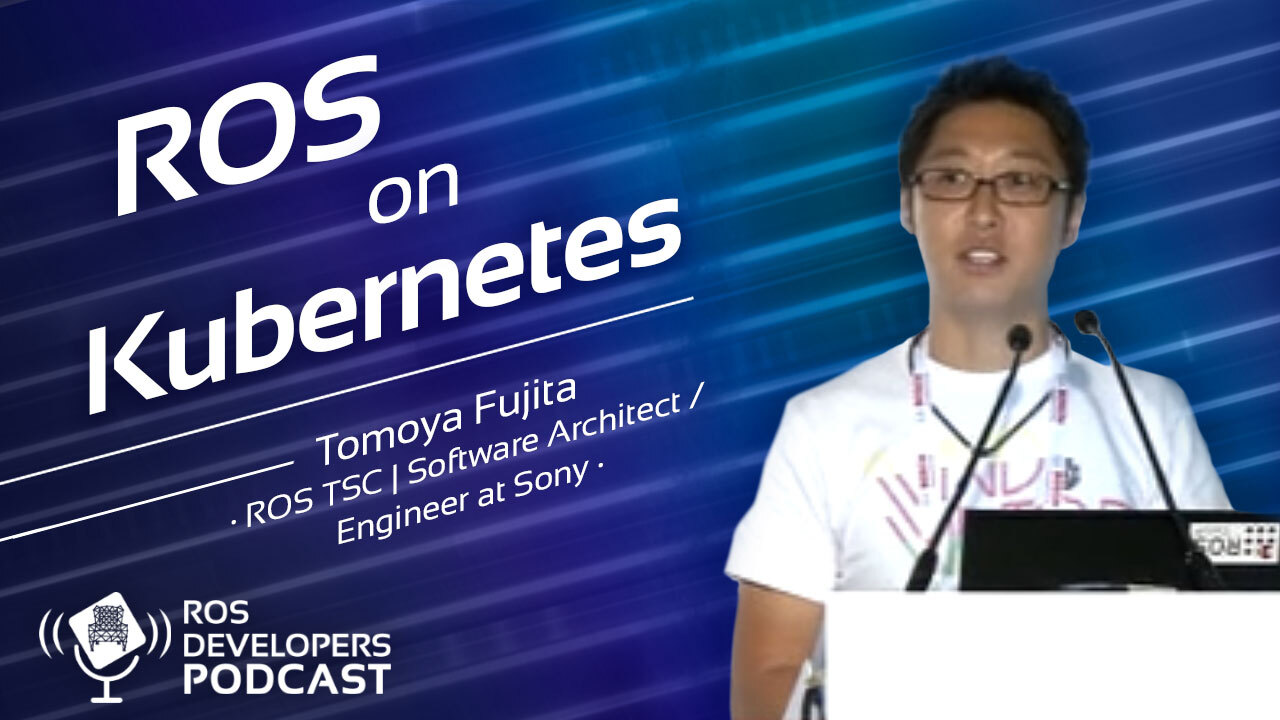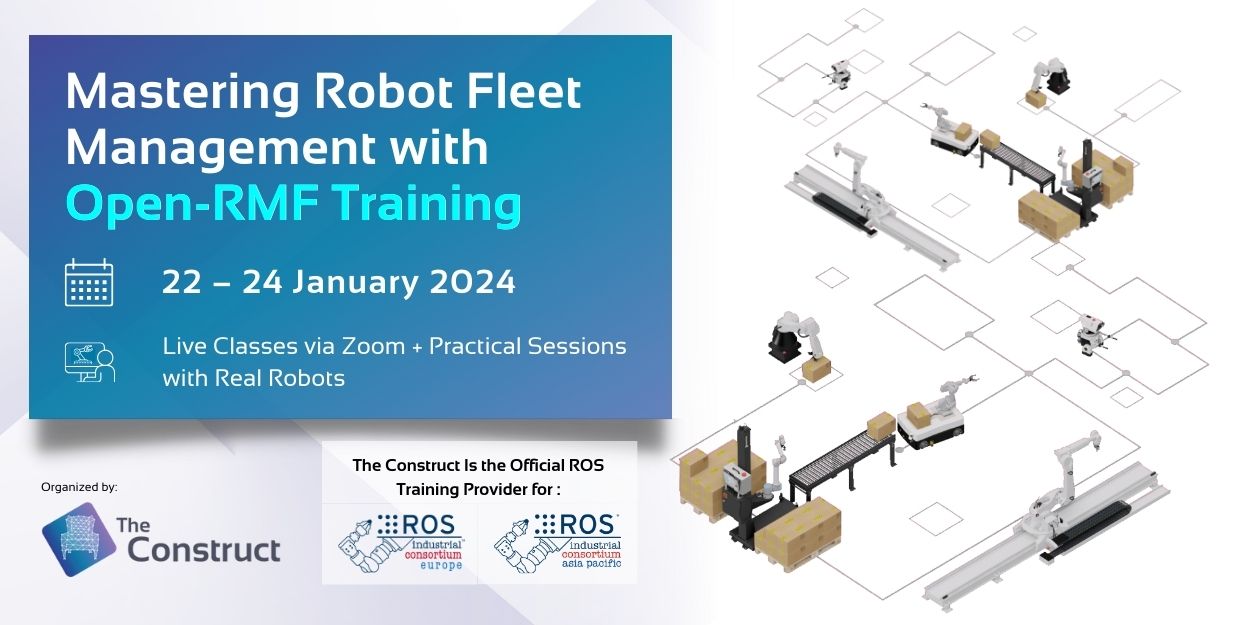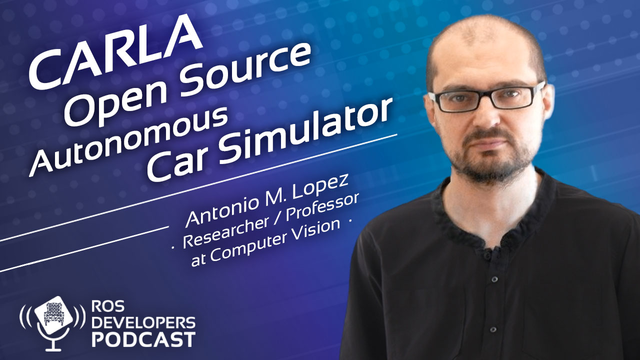
106. ROS on Kubernetes with Tomoya Fujita
Related links
- Follow Tomoya Fujita on LinkedIn
- The SONY R&D Center
- Aibo ( robotic puppy, powered by AI)
- Kubernetes
- Robotics Distributed System based on Kubernetes
- The git repo of Tomoya with his Robotics Distributed System examples
- The ROSCon 2022
- The Workshop that Yadu will deliver during the ROSCon 2022 about Open-RMF
- The full 3 days training The Construct delivers about Open-RMF
Subscribe to the podcast using any of the following methods
- ROS Developers Podcast on iTunes
- ROS Developers Podcast on Stitcher
- ROS Developers Podcast on Spotify
Or watch the video interview

Podcast: Play in new window | Download | Embed
SUBSCRIBE NOW: RSS






